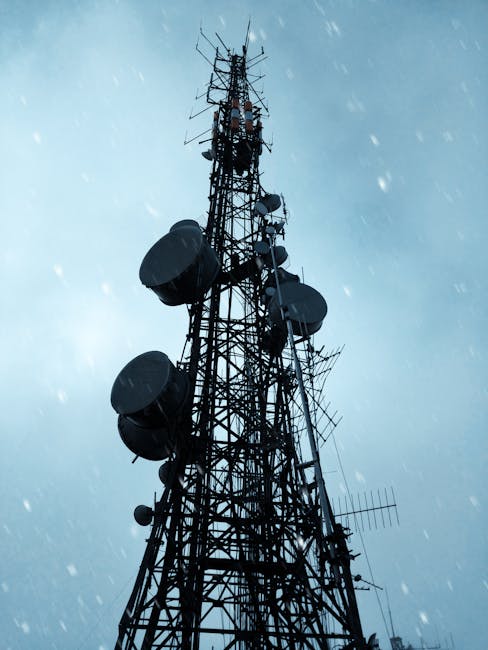
A silent storm is brewing, not in the skies above, but in the decision rooms of the Pentagon. In a move that could have far-reaching and potentially catastrophic consequences, the Department of Defense (DoD) is reportedly set to cease providing crucial satellite weather data, a lifeline of information that has long underpinned both military operations and civilian life across the globe.
For decades, military weather satellites haven’t just been about battleground intelligence; they’ve been an indispensable source for accurate, real-time atmospheric and oceanic data. This isn’t your local weather app’s basic forecast; we’re talking about highly specialized, high-resolution information critical for understanding complex weather patterns, monitoring remote areas, and predicting extreme events. From tracking hurricanes over open oceans to assessing conditions for agricultural planting, this data serves a vast ecosystem of users.
So, who exactly relies on this vital stream of information? The list is extensive. Beyond military strategists planning missions, the data feeds directly into the National Oceanic and Atmospheric Administration (NOAA) and the National Weather Service (NWS), forming the backbone of their public weather advisories and long-range climate models. Commercial airlines depend on it for safe and efficient flight paths, shipping companies for navigating treacherous seas, and even farmers for optimizing crop yields. Disaster preparedness agencies utilize it to anticipate floods, wildfires, and blizzards, potentially saving countless lives and billions in damages.
The cessation of this data provision threatens to create significant, perilous gaps in our collective weather intelligence. Imagine a blind spot appearing over vast oceanic regions or remote landmasses, regions where the DoD’s unique satellite capabilities often provide the only comprehensive view. Less data means less accurate forecasts, leading to increased risks for maritime operations, aviation, and critical infrastructure. It could cripple our ability to issue timely warnings for severe weather, potentially leaving communities vulnerable and unprepared.
While discussions about transitioning to commercial providers or relying more heavily on other national systems exist, there are serious concerns. Commercial data, while valuable, may not always offer the same level of global coverage, resolution, or specialized parameters that military satellites traditionally provide. Furthermore, relying solely on fragmented sources could lead to data inconsistencies and increased costs for agencies previously benefiting from the DoD’s contributions.
This isn’t just an obscure bureaucratic shift; it’s a profound change that impacts national security, economic stability, and public safety. As the world grapples with increasingly unpredictable climate events, reducing our capacity for accurate weather forecasting feels like a step backward, leaving us more exposed than ever. The question isn’t just who will fill the void, but at what cost, and will it be enough to keep us safe when the next big storm hits?
